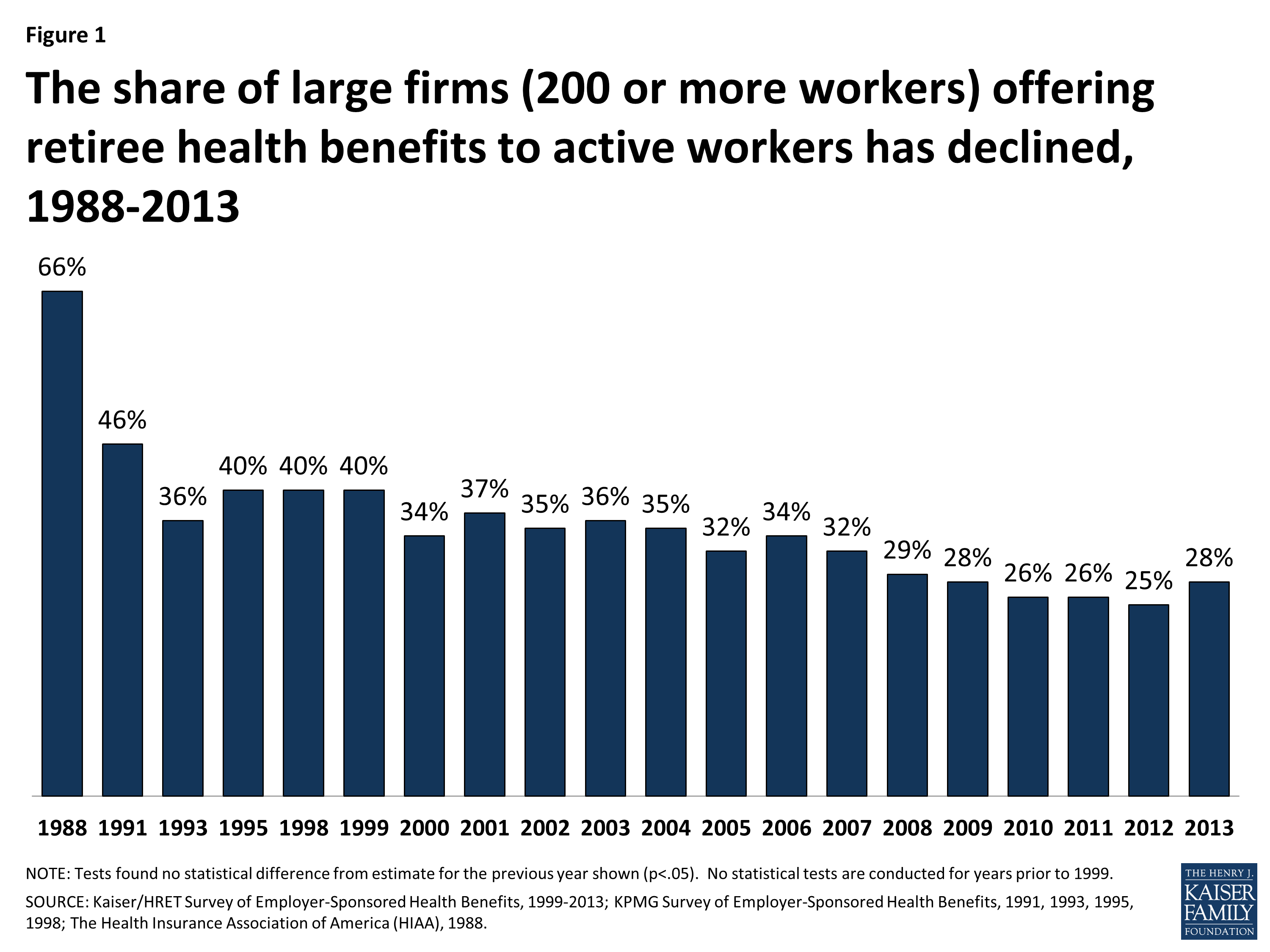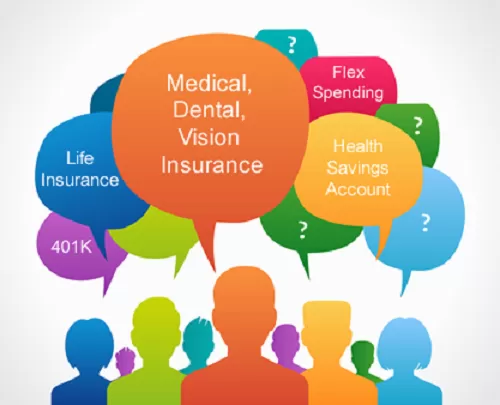The Ultimate Guide To Medicare Advantage Agent
The Ultimate Guide To Medicare Advantage Agent
Blog Article
Not known Incorrect Statements About Medicare Advantage Agent
Table of ContentsHow Medicare Advantage Agent can Save You Time, Stress, and Money.The Facts About Medicare Advantage Agent RevealedThe Best Strategy To Use For Medicare Advantage Agent

follows from perplexing the fairly young age profile of the without insurance with the better health, usually, of more youthful individuals. This covers the link between wellness status and medical insurance. For those without access to workplace medical insurance, poor wellness is a possible barrier to purchasing nongroup insurance coverage because such protection may be very valued, omit pre-existing conditions, or be simply inaccessible. The variety of without insurance Americans is not particularly huge and has actually not altered recently. Seven out of 10 participants in a country wide depictive survey assumed that fewer Americans did not have wellness insurance coverage than actually do(Fronstin, 1998). About fifty percent(47 percent )believed that the variety of individuals without wellness insurance coverage lowered or remained constant over the latter half of the last decade(Blendon et al., 1999). This decline of nearly 2 million in the number of people 'without insurance policy (a decrease
of around 4 percent)is definitely a favorable adjustment. With a softer economy in 2000 the most recent reported gains in insurance policy protection may not proceed(Fronstin, 2001 ). The decrease in the number of without insurance will not proceed if the economy stays slow and health and wellness care prices remain to surpass rising cost of living. This is because the information were collected for a period of solid economic performance. Of the approximated 42 million individuals that were uninsured, just about about 420,000(regarding 1 percent)were under 65 years old, the age at which most Americans become eligible for Medicare; 32 million were adults in between ages 18 and 65, about 19 percent of all adults in this age team; and 10 million were children under 18 years of age, regarding 13.9 percent of all children (Mills, 2000). These estimates of the number of persons without insurance are generated from the yearly March Supplement to the Current Populace Survey (CPS), performed by the Census Bureau. Unless or else noted, national quotes of people without medical insurance and percentages of the population with different type of protection are based on the CPS, one of the most commonly utilized source of estimates of insurance policy protection and uninsurance rates. These studies and the quotes they produce are explained briefly in Table B. 1 in Appendix B - Medicare Advantage Agent. These surveys vary in dimension and tasting methods, the questions that are inquired about insurance policy
Examine This Report about Medicare Advantage Agent
coverage, and the moment duration over which insurance policy protection or uninsurance is determined(Lewis et al., 1998, Fronstin, 2000a ). Still, the CPS is especially helpful since it produces annual quotes relatively swiftly, reporting the previous year's insurance policy protection estimates each September, and due to the fact that it is the basis for a consistent set of quotes for greater than two decades, enabling evaluation of trends in protection in time.

The Ultimate Guide To Medicare Advantage Agent
Over a three-year period starting early in 1993, 72 million individuals, 29 percent of the U.S. populace, lacked protection for a minimum of one month. Within a solitary year(1994), 53 million people experienced at the very least a month without insurance coverage(Bennefield, 1998a). 6 out of every ten without insurance grownups are themselves utilized. Although functioning does improve the chance that a person and one's member of the family will have insurance, it is not an assurance. Even participants of family members with two full-time breadwinner have practically a one-in-ten possibility of being without insurance (9.1 percent without insurance rate)(Hoffman and Pohl, 2000 ). The relationship between medical insurance and accessibility to care is well developed, as documented later in this chapter. Although the partnership in between medical insurance and health outcomes is neither straight nor easy, a considerable scientific and wellness services study literary works web links wellness insurance policy coverage
to better accessibility to care, much better top quality, and boosted personal and population wellness condition. The second report, on individual health outcomes for without insurance adults, is represented by the inner circle of the number, while the 3rd record, on family well-being, includes the subjects of the second report yet highlights a different unit of analysis, particularly, the family. The sixth report in the collection will certainly provide details concerning approaches and efforts embarked on locally, statewide, or nationally to address the absence of insurance coverage and its unfavorable effects. Levels of evaluation for examining the effects of uninsurance. This conversation of medical insurance protection concentrates mainly on the united state populace under age 65 due to the fact that practically all Americans 65 and older have Medicare or other public coverage.
In addition, it concentrates especially on those without any kind of medical her response insurance for any length of time. The problems encountered by the underinsured remain in some areas similar to those faced by the uninsured, although they are generally less extreme. Uninsurance and underinsurance, nonetheless, include distinctly various plan concerns, and the strategies for resolving them may vary. Throughout this research and the 5 records to follow, the major emphasis is on individuals without medical insurance and therefore no aid in spending for health treatment past what is available with charity and safeguard institutions. Health and wellness insurance policy is a powerful aspect influencing receipt of care because both patients and physicians react to the out-of-pocket rate of solutions. Medical insurance, nevertheless, is neither required neither enough to get to clinical solutions. The independent and straight result of wellness
insurance insurance policy protection access accessibility health health and wellness solutions well establishedDeveloped Others will certainly obtain the healthcare they require also without health insurance, by spending for it expense or seeking it from carriers that supply treatment complimentary or at extremely subsidized rates. For still others, medical insurance alone does not make certain receipt of care as a result of other nonfinancial obstacles, such as a lack of healthcare service providers in their neighborhood, limited access to transportation, illiteracy, or linguistic and social distinctions. Formal research study concerning uninsured populaces in the USA dates to the late 1920s and very early 1930s when the Board on the Cost of Healthcare created a collection of reports regarding financing physician office sees and hospital stays. This issue came to be significant as the varieties of clinically indigent climbed throughout the Great Anxiety. Empirical studies constantly support the link in between accessibility to care and boosted wellness results(Bindman et al., 1995; Starfield, 1995 ). Having a routine resource of treatment can be considered a predictor of access, instead of a straight procedure of it, when wellness outcomes are themselves utilized as gain access to indications. This expansion of the idea of access measurement was made by the IOM Committee on Keeping Track Of Access to Personal Wellness Care Services(Millman, 1993, p. Whether moms and dads helpful resources are insured appears to affect whether their kids obtain treatment in addition to exactly how much careeven if the youngsters themselves have coverage(Hanson, 1998). The wellness of parents can influence their capacity to look after their kids and the degree of more information household stress and anxiety. Stressing concerning their children's accessibility to care is itself a resource of stress for moms and dads. 3 phases follow in this record. Phase 2 offers a summary of how employment-based health insurance, public programs and individual insurance coverage operate and interact to offer considerable yet incomplete protection of the united state population. This consists of an evaluation of historic patterns and public plans influencing both public and exclusive insurance, a discussion of the communications amongst the various kinds of insurance, and an evaluation of why people move from one program to an additional or wind up

Report this page